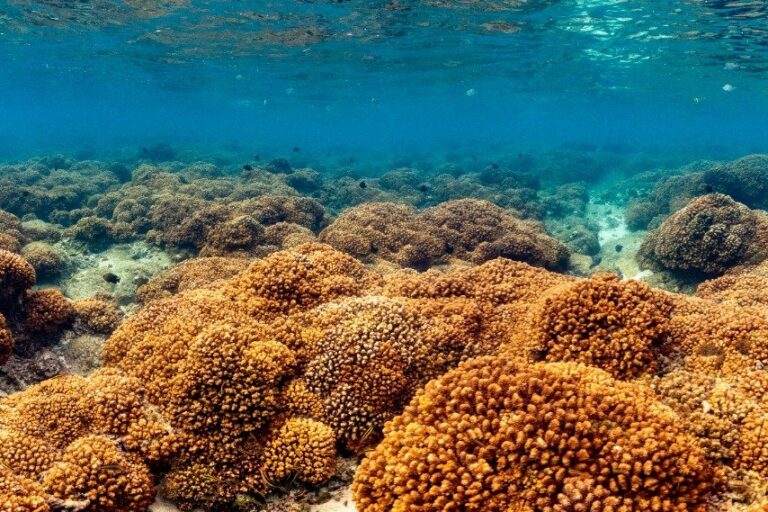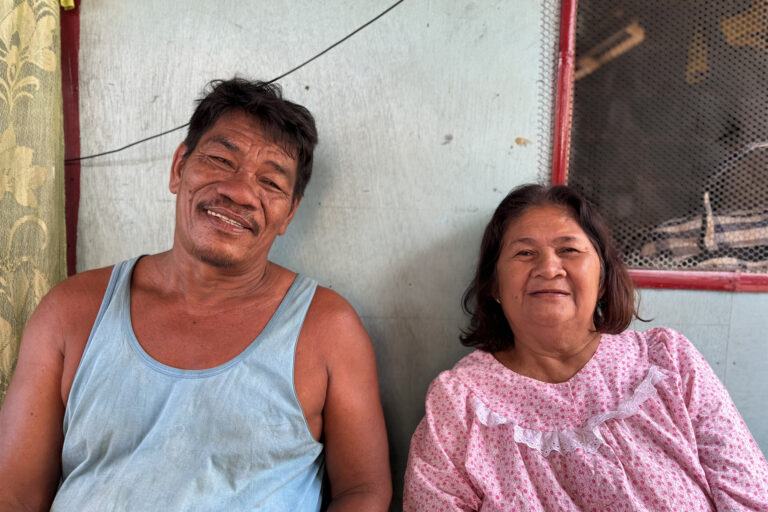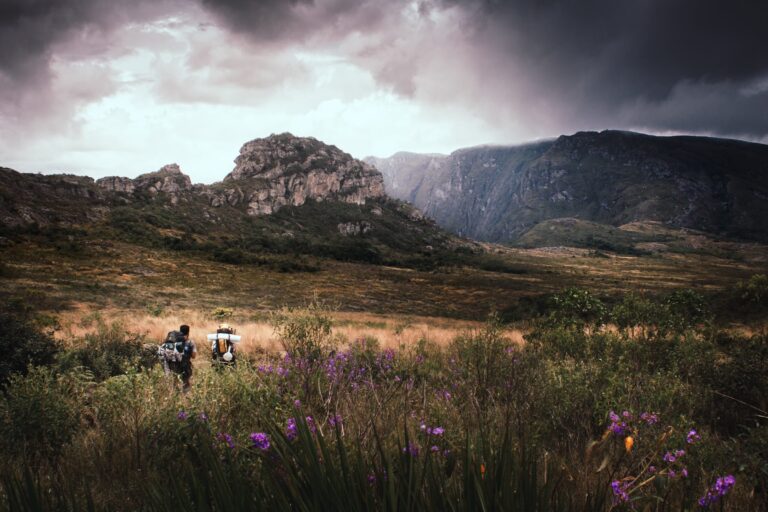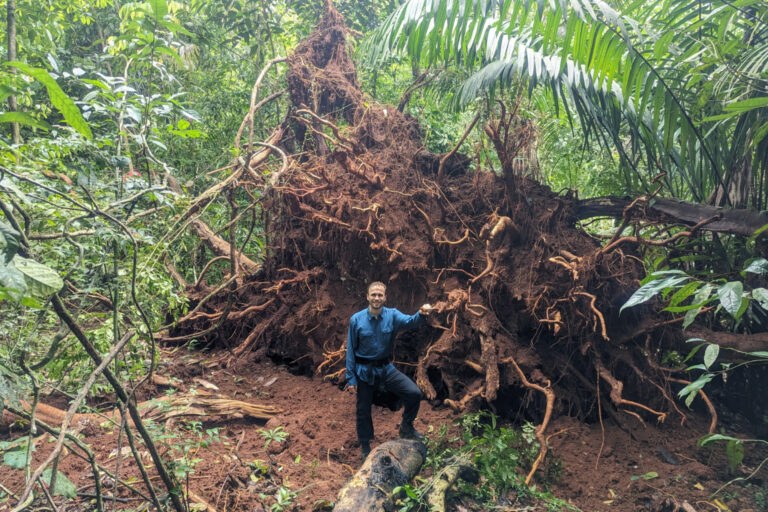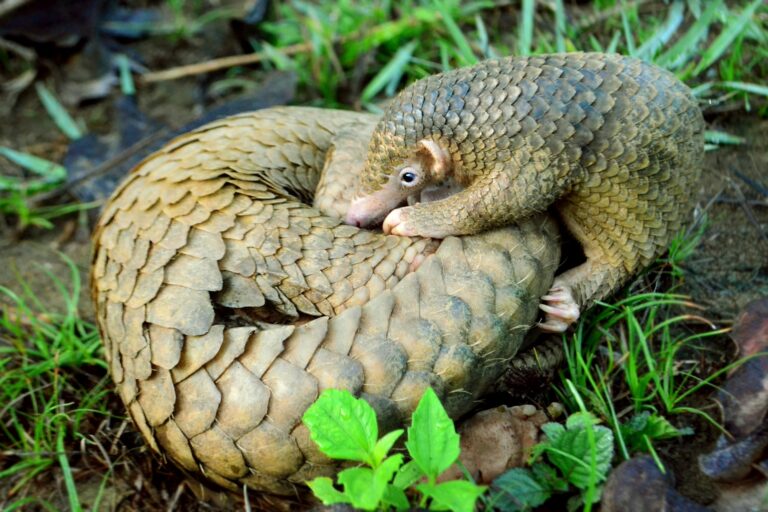- An area of forest twice the size of New York City was cleared in Brazil’s Xingu River Basin between March and April this year, a rate of deforestation 40% higher than in the same period last year, a new report shows.
- The highest rates of forest loss were recorded along the path of the BR-163 “soy highway,” a major trucking route that cuts through one of the most ecologically important parts of the Amazon Rainforest.
- Deforestation was recorded in protected areas, including conservation units and Indigenous reserves, which points to a failure by the government to fight environmental crimes, according to an author of the report.
- The main driver of deforestation in Indigenous reserves is illegal mining, which activists say has been encouraged by the rhetoric and legislative initiatives of President Jair Bolsonaro.
A hundred and ninety-six trees per minute. That’s how fast the forest was being cleared in Brazil’s Xingu River Basin between March and April this year. A total of 29,191 hectares (72,132 acres) of Amazon rainforest was lost, an area twice the size of New York City, according to a report published this week.
The area in question straddles the border between the states of Mato Grosso and Pará, and is the source of the mighty Xingu River, one of the main tributaries of the Amazon River. The deforestation recorded in the March-April period is 40% higher than the same period last year.
The report was authored by Rede Xingu+, a network of 25 Indigenous peoples’ organizations, traditional community associations and civil society institutions from across the Xingu River Basin. It shows that rates of deforestation were higher at the margins of the BR-163 road, known as the “soy highway,” where around 6,000 trucks pass every day. The road is one of the main corridors for transporting the soy produced in Mato Grosso to the inland port of Miritituba on the Tapajós River in Pará, where the grain is loaded onto ships that sail out to the Atlantic via the Amazon River, and on to the rest of the world.
The researchers analyzed forest loss around a 200-kilometer (125-mile) section of the highway, from the state border in Mato Grosso to Castelo dos Sonhos district in the municipality of Altamira, Pará. Along a 5-km (3-mi) strip on either side of the highway, deforestation increased 360% in the first four months of the year compared to the same period of 2020, going from 591 to 2,717 hectares (1,460 to 6,713 acres).
The highway cuts across the Xingu River Basin and within a few kilometers of one of the most important ecological corridors in the Amazon: the Xingu Corridor of Socioenvironmental Biodiversity. The corridor spans some 26.5 million hectares (65.4 million acres, bigger than the state of São Paulo) and is home to 21 Indigenous reserves and nine protected areas, known in Brazil as conservation units.

One of these conservation units is the Nascentes da Serra do Cachimbo Biological Reserve (Rebio), which is very close to the highway. There, deforestation increased by 4,225% between March and April 2021 compared to 2020 (from 8 hectares, or 20 acres, to 344 hectares, or 850 acres). This was the sharpest rise recorded among all the conservation units in the Xingu River Basin.
Rodrigo Cambará Printes is an environmental analyst at ICMBio, the federal government agency that administers conservation units, and worked as the coordinator of the Nascentes da Serra do Cachimbo Rebio from 2015 to 2017. Even back then, he says, he struggled with ranchers raising thousands of head of cattle illegally inside the protected area.
“It was always dominated by livestock,” he told Mongabay by phone. “And there has always been pressure from politicians from Pará to transform the Rebio into an APA,” or environmental protected area, which, despite its name, is subject to less protection than a Rebio.
In May, ICMBio was planning to remove 1,000 head of cattle being raised illegally inside the conservation unit. The operation, however, was suspended. “The environmental agencies could be preventing these numbers from growing even more, but unfortunately at the moment we don’t see a concern on the part of the government to strengthen the fight against deforestation,” Thaise Rodrigues, a geoprocessing analyst at Rede Xingu+, told Mongabay by phone.
In a statement, ICMBio said that “operations to repress environmental infractions will be maintained … including in the Serra do Cachimbo Reserve,” but didn’t explain why it cancelled the operation in May.
The Rebio is important for the region’s water security since it protects hundreds of springsthat form important rivers in the Xingu and Tapajós basins, besides being home to rare species like the Encyclia caximboensis orchid and the short-eared dog (Atelocynus microtis).
In total, more than 9,000 hectares (22,200 acres) of forest were cleared inside the conservation units of the Xingu River Basin between March and April, a 74% rise from last year.
The result, Rodrigues said, is the fragmentation of one of Brazil’s most important forest massifs. “The more a forest is fragmented, the greater the risk of it becoming vulnerable to fires, for example,” she said. “We are compromising huge biodiversity that helps regulate the climate, besides putting at risk the entire population that depends on this forest.”
The Pará state environmental department did not reply to requests for comment.

Protected areas not an effective buffer
Most of the protected areas in the Xingu River Basin were created in the 2000s, under the government of Luiz Inácio Lula da Silva, to stem the deforestation associated with the paving of the BR-163 highway. The road works that began under Lula were only completed last year, three presidents later, under the Jair Bolsonaro administration.
The buffer of protected areas, however, has proved insufficient protection for the forest and its traditional peoples. According to ICMBio’s Printes, one of the reasons is the lack of land regularization. “Most of the people there don’t have documents to the land,” he said. “The government turns a blind eye to it or even stimulates it, by legalizing the grilagem [land grabbing].”
Another measure taken by the government to mitigate the impacts of the paving, the Basic Environmental Plan (PBA), also fell short. Under the plan, Indigenous Kayapó communities from three Indigenous reserves would receive money to implement strategies to protect their territories, including through analyses of satellite imagery and flyovers.
Last year, however, the federal government refused to renew the plan, prompting a court battle. One year later, on July 1, the Indigenous people recorded an important victory at the federal court of Altamira. The court ordered a suspension of the process for the concession of BR-163 to the private sector, which was supposed to happen on July 8, until the new plan is approved.
According to the Rede Xingu+ report, 557 hectares (1,376 acres) were deforested inside the Indigenous reserves of the Xingu River Basin between March and April. More than 80% of this deforestation occurred inside the Kayapó Indigenous Reserve, home to around 6,000 Indigenous people. Ô-é Kaiapó, an Indigenous leader from this reserve, said illegal mining, known as garimpo, is the main cause of deforestation. “Garimpos are contaminating the Fresco River, which crosses many of our Indigenous villages, with mercury,” she told Mongabay by phone. “It contaminates the fishes, which are part of our food, and also the animals that we hunt which drink the water of the river.”
Doto Takak-Ire is a Kayapó leader from Menkragnoti Indigenous Reserve and public relations officer with Instituto Kabu, which implemented the environmental plan for this territory. He said invasions by outsiders, including illegal miners, have increased since Bolsonaro came to power at the start of 2019. “We didn’t have invaders before. With the arrival of Bolsonaro, saying he will allow mining inside the reserves, the illegal miners started to mine for gold and wait for the legalization of garimpos,” he told Mongabay by phone.
According to Indigenous leaders, a bill currently before Congress that would legalize mining inside Indigenous territories is just one of the Bolsonaro policy proposals that threaten their lands. The bill, PL 490, which is awaiting a vote in Congress, puts forward what’s known as the marco temporal, a cutoff that means that a reserve may only be demarcated if the Indigenous residents can prove they were on the land no later than Oct. 5, 1988 — the date the latest Brazilian Constitution was promulgated. Hearings in a lawsuit currently before the Supreme Federal Court dealing with the same issue have been postponed to August.
Another bill, which would speed up the process of issuing environmental licenses, was denounced in the United Nations Humans Rights Council on June 29 by Brazilian civil society organizations. It was approved in May in the lower house of Congress and is pending a Senate vote.
Banner image: Doto Takak-Ire, a Kayapó leader from Menkragnoti Indigenous Reserve and public relations officer with Instituto Kabu, says illegal mining increased after Jair Bolsonaro came to power. He says the president’s promise to legalize mining inside Indigenous territories encouraged the invaders. Image courtesy of Instituto Kabu.
FEEDBACK: Use this form to send a message to the author of this post. If you want to post a public comment, you can do that at the bottom of the page.







